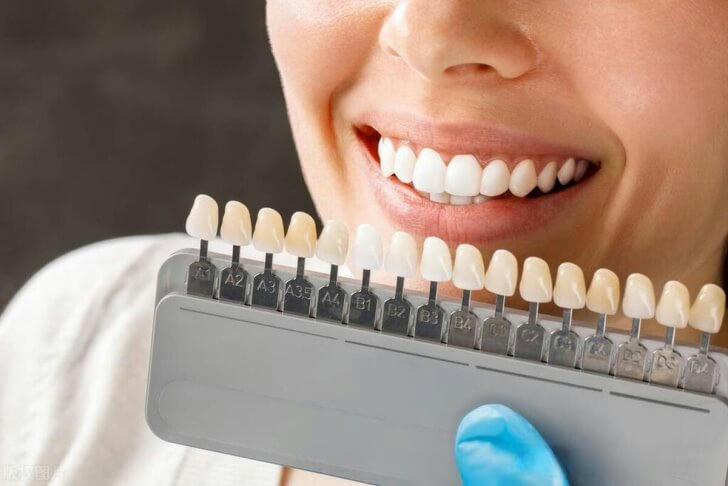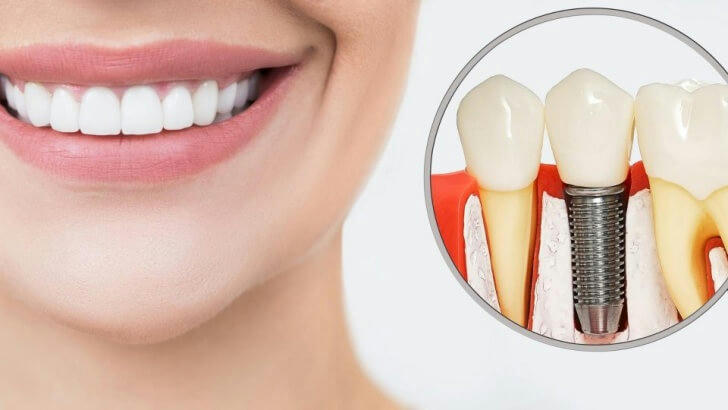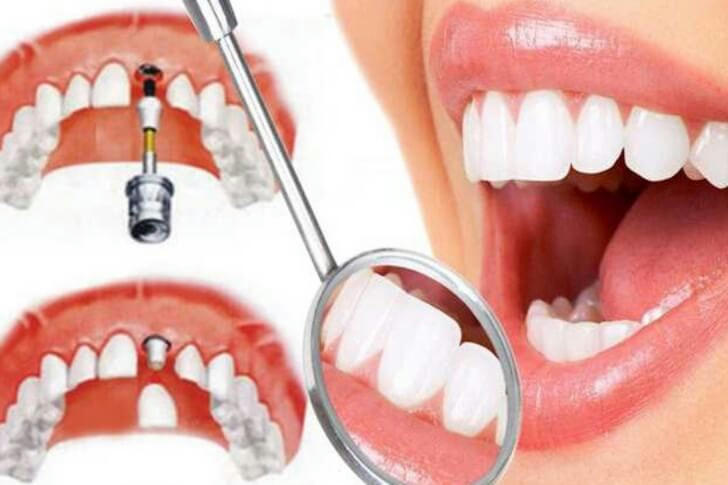Dental Implants: A Revolution in Modern Tooth Restoration
Over the past few decades, the field of dentistry has undergone a revolution that has significantly changed the perception and approach to tooth restoration. This transformation is largely attributed to the rapid development of dental implant technology. Dental implants not only address the many shortcomings of traditional dentures but also provide an effective and lasting solution for those with missing teeth. This article will explore the technical principles, advantages, target audience, market potential, and future trends of dental implants, supplemented with real-life case analyses.

Background and Principles of Dental Implant Technology
Dental implants involve surgical methods to replace missing teeth by embedding a titanium artificial root into the jawbone, which then integrates with it. A porcelain crown is subsequently placed on this artificial root to restore the tooth's function and aesthetic. In the mid-20th century, the dental community began exploring the use of biomaterials to substitute missing teeth, with the critical discovery being titanium's excellent biocompatibility. Per-Ingvar Brånemark, a Swedish scholar, is credited as the pioneer of modern dental implant technology; his research demonstrated that titanium could stably combine with bone tissue, forming what is known as "osseointegration."
Advantages of Dental Implants
Compared to traditional dentures, dental implants offer several distinct advantages:
•High Stability: By embedding into the jawbone and directly integrating with bone tissue, dental implants provide robust support, allowing nearly natural teeth-like chewing function.
•Protection of Adjacent Teeth: Unlike traditional bridge restorations, implants do not require the grinding of adjacent healthy teeth, thus better preserving the patient's other teeth.
•Enhanced Comfort: Thanks to their biocompatibility and structural stability, dental implants feel more natural to the wearer, significantly reducing discomfort typically associated with dentures.
•Aesthetic Appeal: Dental implants look like real teeth, addressing the aesthetic issues of traditional dentures and satisfying modern demands for beauty.
•Durability: With proper maintenance, dental implants can last 10 to 15 years or even longer.
Who Can Benefit from Dental Implants
Dental implants are suitable for a wide range of individuals, mainly including:
•Individuals Missing One or More Teeth: Compared to traditional dentures or bridge repairs, dental implants offer a more durable and stable solution.
•The Edentulous: Through implant-supported dentures, both fixed and removable full-mouth dentures can be utilized.
•Those Seeking Improved Occlusion and Aesthetics: Dental implants can improve bite force and offer a natural-looking restorative effect.
However, not all patients are ideal candidates for dental implants. Strict oral hygiene standards are required, and patients must have sufficient jawbone volume and good overall health to undergo surgery. Therefore, pre-operative assessment and scientific planning are crucial for implant success.
Real-Life Case Analysis: Successes and Challenges
Case 1: John’s Journey to a Transformative Single-Tooth Implant
John, a 50-year-old business executive, lost his upper right incisor in a biking accident. Initially using a removable partial denture, John experienced discomfort and a lack of confidence in social and professional settings. On the advice of his dentist, John opted for a dental implant. After a thorough consultation, John underwent the implant procedure. Within months, he reported a significant improvement in chewing functionality and aesthetics, noting that the implant felt identical to his natural teeth. This case highlights how dental implants can profoundly improve the quality of life by restoring confidence and functionality.
Case 2: Sarah’s Complex Full-Mouth Implant Journey
Sarah, a 60-year-old retired teacher, faced a daunting challenge: complete tooth loss due to genetic predispositions to severe periodontal disease. Presented with the discomfort and limitations of traditional dentures, Sarah decided to explore dental implants. Her complex case required extensive bone grafts and multiple implant placements. Over the course of a year and a half, Sarah underwent a series of surgeries. Initially, she faced discomfort and long healing periods. However, with patience and the expertise of her dental team, Sarah now enjoys a full set of stable, functional teeth. Her case exemplifies the potential of dental implants to overcome challenging scenarios with perseverance and skilled care.
These real-life examples demonstrate the transformative power of dental implants in both straightforward and complex cases, highlighting their potential to address diverse dental health challenges.

Market Landscape and Potential of Dental Implants
•With the global aging population, increased oral health awareness, and rising aesthetic demands, the market potential for dental implants is vast. Recent market studies indicate that the Asia-Pacific region, with its large population base and rising living standards, is the fastest-growing dental implant market. Meanwhile, North America and Europe maintain steady growth due to mature technologies and strong consumer purchasing power.
•Additionally, the innovation of implant technology, such as digital implants and the widespread adoption of minimally invasive surgery, injects new vitality into the market. It is expected that with continued technological advancements and cost reductions, dental implants will become more widespread, reaching more middle- and low-income households.
Future Trends and Solutions in Dental Implants
With technological progress, implant technology is continually innovating. Key future trends include:
•Application of Digital Technology: More clinics are adopting digital implant techniques such as 3D printing and CAD/CAM, making the implant process more precise and efficient.
•Advancements in Biomaterials: Progress in nanotechnology and biomaterials will enhance implant biocompatibility and durability, reducing postoperative infections and failure rates.
•Personalized Treatment Plans: Utilizing data analysis and AI technology can help develop personalized implant plans according to each patient's specific conditions, improving success rates.
•Minimally Invasive Surgical Techniques: The maturation of minimally invasive technology will lower surgical risks, shorten recovery times, and enhance patient experiences.
Proposed Solutions
•Enhancing Research Investment: Continue advancing basic research related to implants, especially in biomaterials and tissue engineering, laying a solid foundation for future breakthroughs.
•Widespread Professional Training: Improve the professional skills of dental practitioners, ensuring they master the latest implant technologies and concepts to provide superior services.
•Market Cultivation and Promotion: Raise public awareness through marketing and pricing strategies to enhance market penetration.
•Policy Support and Safeguards: Governments should enact supportive policies for implant projects to reduce patients' financial burdens.
Conclusion
As a significant achievement in modern dentistry, dental implants are redefining perceptions of tooth restoration. Their powerful functionality and broad applicability offer immense benefits to countless patients in need. Facing immense market potential and technological advancements, dental implants will continue to lead the frontier of dental restoration in the future. Through relentless innovation and improvements, implants will offer healthy, beautiful smiles to a broader audience.

